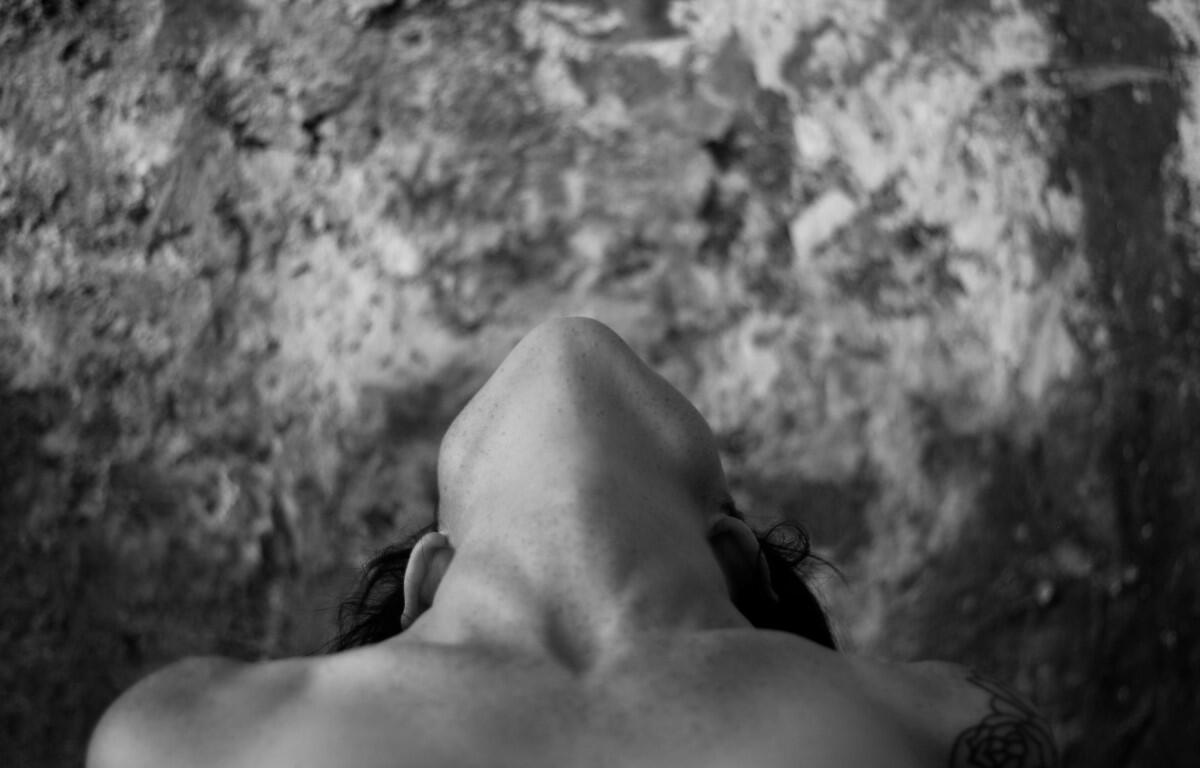CHARLOTTESVILLE, VA (CVILLE RIGHT NOW) – New University of Virginia School of Medicine research suggests out-of-body experiences, where people feel like spirits disconnected from their physical form, may be a coping mechanism triggered by trauma or other overwhelming stress. Dr. Marina Weiler, PhD, a neuroscientist with UVA’s Division of Perceptual Studies, says the idea challenges the common assumption that out-of-body experiences, or OBEs, are solely a symptom of mental illness. Based on data from more than 500 people, the researchers instead argue for a more nuanced perspective: that OBEs may represent an underlying issue that could be a better treatment target than the out-of-body experiences themselves. Dr. Weiler also notes OBEs might not be as rare as you may think as 20% of the population will experience one at some point in their lives.
“Many people believe that having OBEs means there’s something wrong with them, so they often keep it to themselves out of fear of being judged or seen as mentally ill. Unfortunately, many mental health professionals still view these experiences in the same way,” said Weiler, a neuroscientist with UVA’s Division of Perceptual Studies. “In this work, we found that individuals who have had OBEs tend to report poorer mental health compared to those who have not. However, our findings also suggest that OBEs may function as a coping mechanism in response to past trauma, rather than serving as a cause of mental illness. We encourage mental health practitioners to reconsider the way they interpret these experiences and to approach them with greater openness and sensitivity.”
A UVA Health release says the researchers note that many people who report OBEs actually consider them beneficial: One study found that 55% of experiencers said their life was changed, and 71% found the OBE of lasting benefit. A substantial 40% described it as the greatest thing that had ever happened to them. Further, many experiencers find themselves less afraid of death, report more inner peace and say they are more open to new ideas about the nature of existence.
To better understand OBEs, Weiler and her colleagues collected data from people 18 and older online, asking them both if they were certain they had undergone an OBE and about their medical history, including their mental health history. The average age of first reported out-of-body experience was young, often occurring in childhood. Among experiencers, 80% reported one to four experiences, while the remaining 20% reported five or more. The OBEs were described as spontaneous by 74%, while 9% of respondents said they were using psychoactive compounds, and 8.2% said the OBEs were self-induced by meditation, visualization, or other means. Hypnosis was reported by 0.7%. The scientists found that the OBE experiencers were more frequently diagnosed with mental health conditions than those who had not had an OBE. Further, the longer since the first OBE, the more likely the OBErs were to have been diagnosed with a mental health disorder.
Weiler and her colleagues, however, propose that the OBEs themselves may not be the issue. Instead, out-of-body experiences may represent the experiencers’ subconscious attempts to distance themselves from grief or trauma or other “distressing realities.” They found high levels of childhood trauma in the OBE group, suggesting that OBEs may be a “dissociative response to overwhelming stress or emotional pain.”
“This view,” the researchers write in a new scientific paper, “shifts the focus from causation to the possibility that OBEs may also emerge as a consequence, a coping strategy for navigating difficult or traumatic experiences.”
Based on their findings, the researchers are urging further research to explore the potential implications for the mental health treatment that experiencers receive.
“If OBEs are understood not as symptoms of pathology but as coping mechanisms – especially in response to trauma – this reframing can lead to several important shifts in clinical practice, research and public understanding,” Weiler said. “Ultimately, we hope to reduce the stigma around this topic, encourage help-seeking and build community and resilience among experiencers.”
She said there are differences in the neurology. She says some of these experiences can be induced, but it that just opens up more questions.
“When they have brain stimulated, participants will say they… had a feeling they were somehow in a different location, and some would report seeing their physical bodies. But if you read their reports, many times they say their physical bodies are completely different in size and shape and they move, and these artificially generated OBEs don’t have the emotional balance spontaneous OBEs do.”
“Spontaneous OBEs, people don’t simply describe how they feel outside. If you read the reports of spontaneous OBEs, you’re going to see people encounter entities like deceased people. Many people describe seeing spirit guides, angels, demons, or even encountering God… or feeling this huge love, unconditional love, or just being part of something bigger.”
“Some out-of body experiences are more mundane-like. I would say people were sleeping or having a nap on the couch and then they suddenly find themselves flying and visiting other rooms, then they get scared and come back.”
“But even those experiences have an impact on a person because they are so real. And this is another difference from artificially-generated OBEs is people don’t feel they are real,” Dr. Weiler said.
“That emotional balance and realism present in spontaneous out-of-body experiences is what challenges current neuroscientific models that explain out-of-body experiences.”
Click here for the paper in the journal Personality and Individual Differences.
Click here for the UVA Health release.



